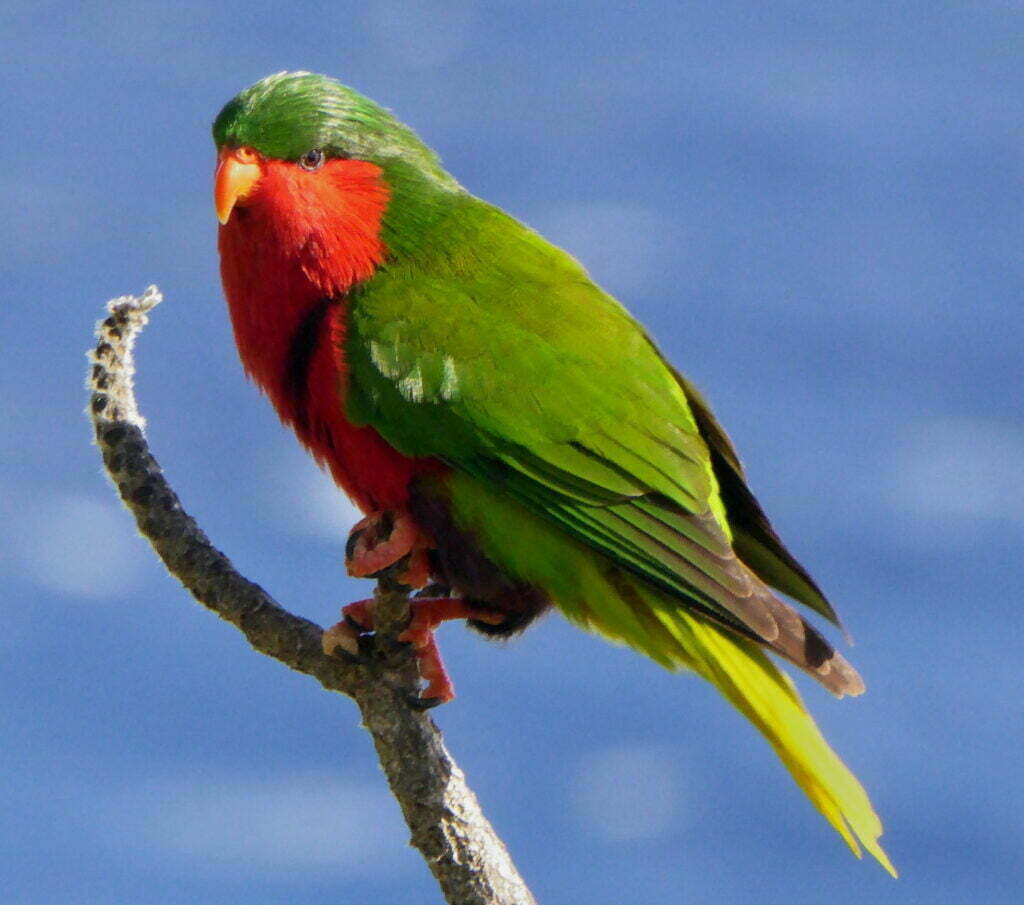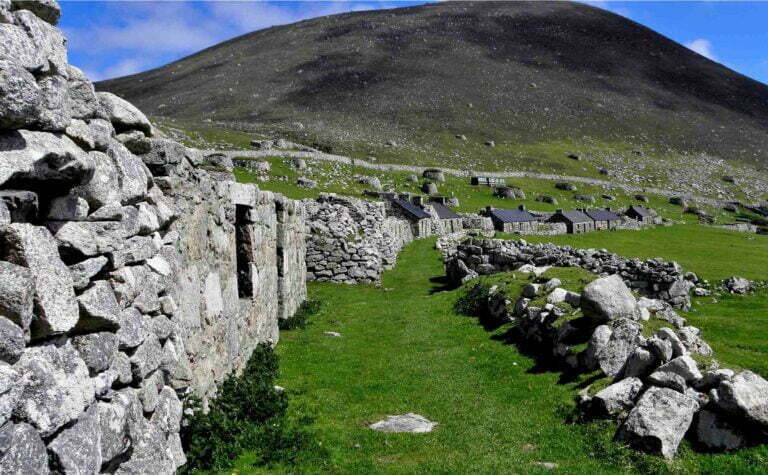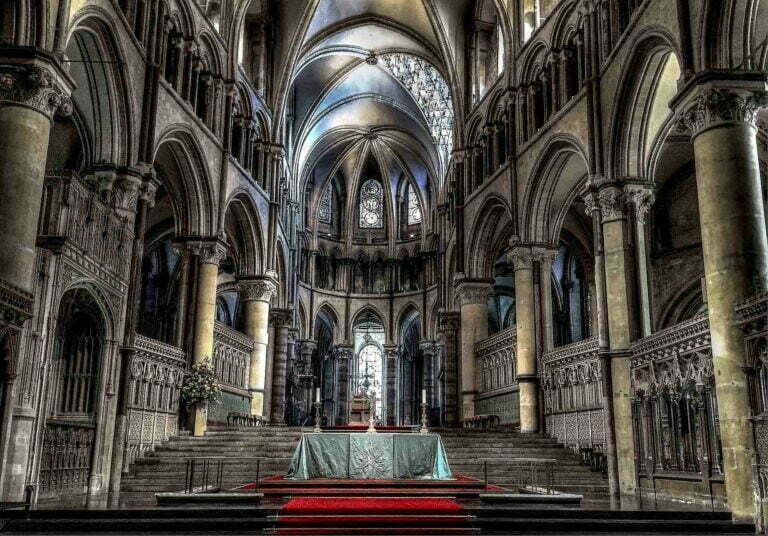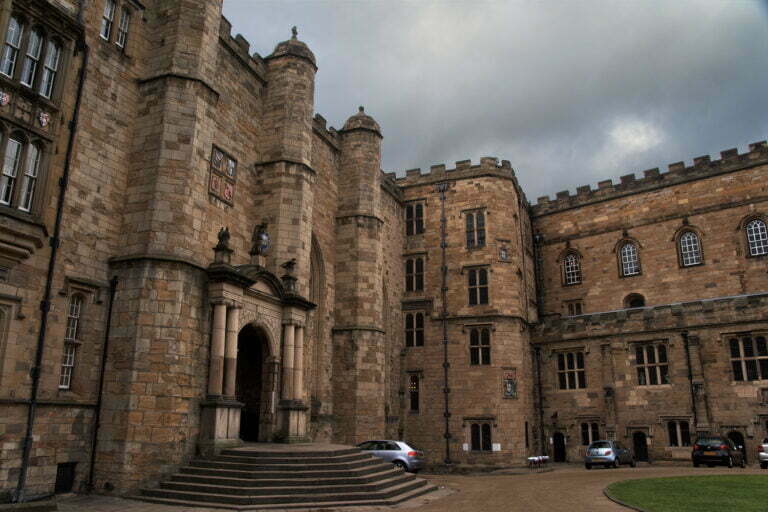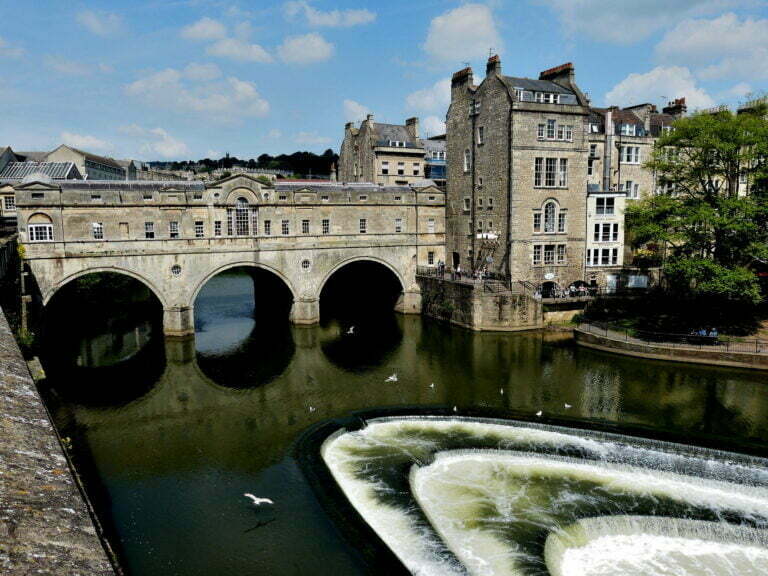Henderson Island is located between New Zealand and Chile in the South Pacific. There are four islands that make up Pitcairn. Henderson is from one of these islands.
The marine reserve on Henderson Island, United Kingdom of Great Britain and Northern Ireland, made it a UNESCO World Heritage Site in 1988.
Where is Henderson island
It’s in the middle of the Pacific Ocean, 3,200 miles from New Zealand, 3,300 miles from South America, and 180 miles from Pitcairn and its 52 people.
It would be hard to find a more isolated place or a better example of a desert island than this one. It is one of the world’s biggest marine reserves and one of the world’s best coral atolls.
This small piece of land is far away and has no people living on it. Even though it is one of the most polluted places on Earth with plastic.
Henderson Island
Henderson Island is an atoll in the South Pacific’s eastern part. It is one of the few places on Earth where people haven’t changed the environment much.
Because it is so far away, it is a great place to study how islands change over time and how natural selection works. It’s especially interesting because 10 plants and 4 land birds are only found on that island.
Henderson island facts
Henderson Island is a small coral atoll in the eastern South Pacific. It has no people living on it. It is made of coral and is very tall.
It is the biggest island in the Pitcairn Island group, which has four islands. People only live on Pitcairn, which is 200 km to the south-west.
The island is too big and has too little fresh water to make it easy to farm there. It is about 3,700 hectares in size. Also, there is no big land mass within 5,000 km of the island.
This beautiful island in the middle of the Pacific Ocean is one of the best places in the world to learn about how an ecosystem works on an elevated coral atoll. There are a lot of different kinds of living things there for how small it is.
There are four kinds of land birds and ten kinds of plants that can only be found there. There are also large groups of seabirds.
It has Outstanding Universal Value because it hasn’t changed as much as other atolls and can be used as a model for other atolls that are similar.
It is also a great place to study how islands change over time and how natural selection works because it is so far away from other places.
Henderson Island is one of the few large limestone islands left in the world that is almost entirely natural.
It has beaches with white sand, cliffs made of limestone, and plants that are rich and almost untouched.
The island is a great example of a raised, forested coral atoll in the ocean because so many seabirds nest on it.
Coral atolls don’t have many species, but all four of the land birds on Henderson are from there.
The Henderson Crake is very different from other birds because it can’t fly. People who lived there are thought to have killed at least four other endemic bird species and one native bird species.
The rare Henderson Petrel is the only bird known to breed on the island. It is also an important place for at least ten other types of seabirds to breed.
Scientists have found 57 native vascular plant species, even though there isn’t a lot of plant life. There are three species that are only found on Henderson.
There are six species that are only found on both Henderson and Pitcairn. One species that is only found on Pitcairn.
Since the island has never been studied in depth, it seems likely that there are more endemics that haven’t been found yet.
For example, not much is known about the insects and gastropods on the island. But about a third of the ones that have been found so far have only been found on the island.
Henderson island history
Polynesians lived on Henderson from the 12th century to the 15th century. But no one has lived there since then. It is amongst the uninhabited islands in the south pacific.
So far, the island has been safe because it is far away and hard to get to, and because its people aren’t friendly. As an island ecosystem that hasn’t changed much, it has a lot to teach us.
Most of the conditions for integrity are met. But the legal status needs to be strengthened and the management plan needs to be put in place. Species from other places are the most dangerous to the land.
Polynesian rats were brought to the area hundreds of years ago. It has been proven that they kill off native bird populations.
One of the biggest threats to the property is that it is hard to keep new species from coming in. Tourists and fishermen often land there, and the island is not guarded.
The area is less beautiful because of the pollution in the water. Due to the large amounts of plastic trash that have washed up on its beaches.
Henderson island Pitcairn islands
Crown Land is where Henderson Island is. It is one of the Pitcairn Islands, which are a group of British-controlled islands in the South Pacific. Part VII of the Lands Court Ordinance.
The Revised Edition of the Laws of 2001 says that the Governor is in charge of who owns land on the islands, who lives on it, and who moves it.
The British High Commissioner in New Zealand is in charge of Pitcairn. This person’s office is in Wellington.
Even though the Governor has the most official power. Most of the day-to-day running of the islands is done by a Commissioner who works in the Pitcairn Islands Administration office in Auckland.
The Pitcairn Islands’ local government and internal affairs are run by the Island Council. It is made up of a mayor, a secretary, the chairman of the internal affairs committee, four elected officials, and two appointed advisers.
This includes deciding when to go to any of the other islands in the Pitcairn group. Conservationists also need to take care of Henderson Island.
To get to Henderson, you need a permit from the Governor. After talking with the Island Council, the Governor gives these permits to the Pitcairn Island Administration office.
Uninhabited islands in the South Pacific
About 58 people live on Pitcairn, so the 200 km northeastern island of Henderson Island doesn’t feel too much pressure.
But people on yachts or fishing boats might get to Henderson before Pitcairn and not know they need a permit to go there.
The Henderson Island Management Plan has a number of management goals. These include working with the people of Pitcairn Island to protect the island on-site and looking into the island’s legal status to see if it could become a nature reserve.
Specific goals are to protect biological, geological, and archaeological values. And make sure there are enough stocks of two introduced species of wood.
Miro Thespesia populnea and Tou Cordia subcordata are the species in question. It is to meet the needs of the Pitcairners in a sustainable way.
A big plan has been made to get rid of Polynesian rats. And steps are being taken to make sure that regulated tourism doesn’t bring in more invasive species from other places.
Part of this plan is a program to teach people about the problem and conduct research to get more people to pay attention to it.
The Pitcairn Islands are a part of a number of international agreements that protect nature and the environment.
Most of these treaties are the Ramsar Wetlands Treaty, the CITES Endangered Species Convention, the World Heritage Convention, the Bonn Convention on Migratory Species, the Vienna Convention on Substances that Deplete the Ozone Layer, and the Convention for the Protection of the Environment in the South Pacific Region (SPREP).
